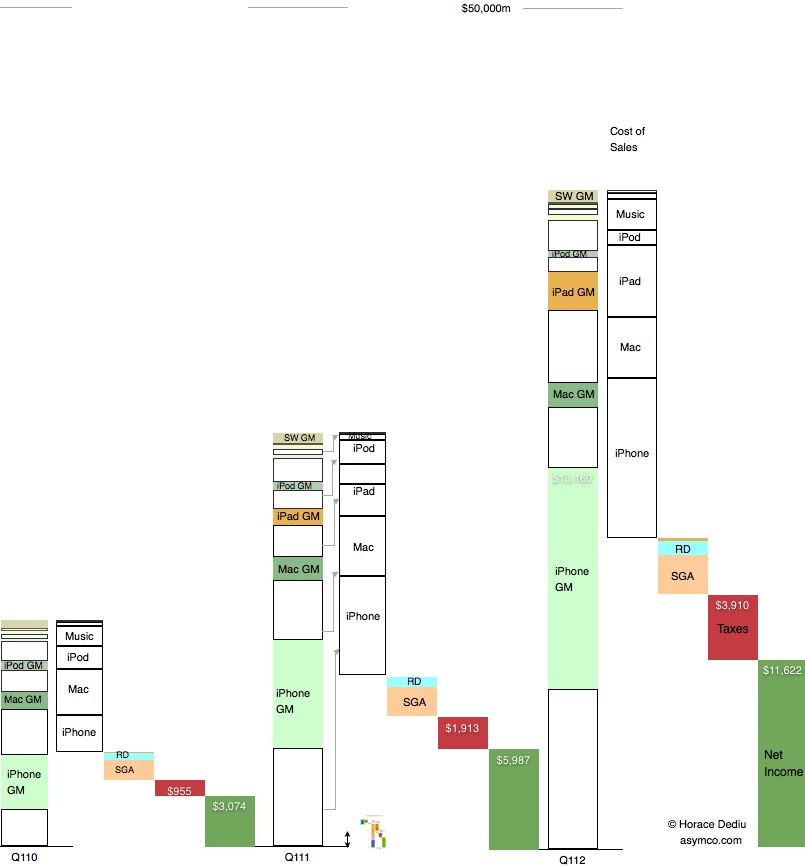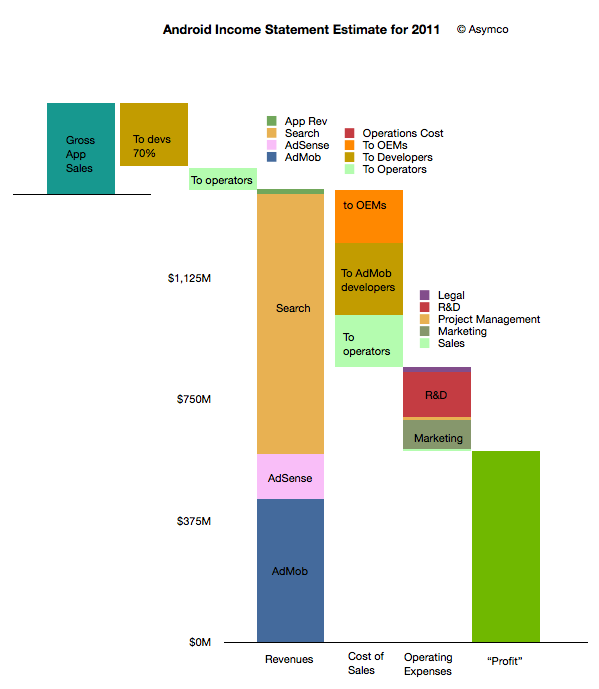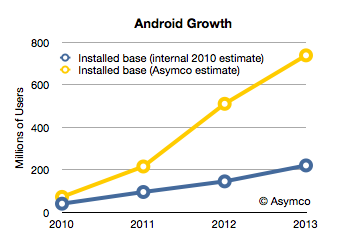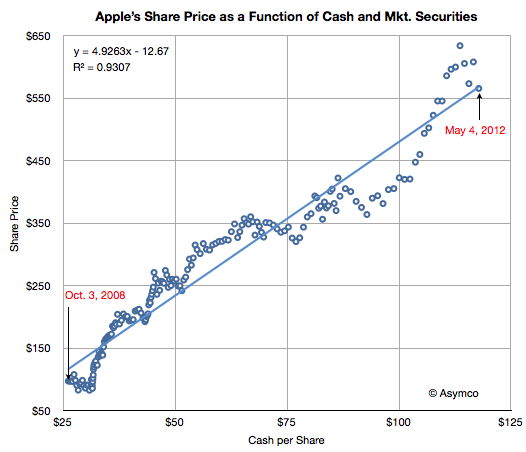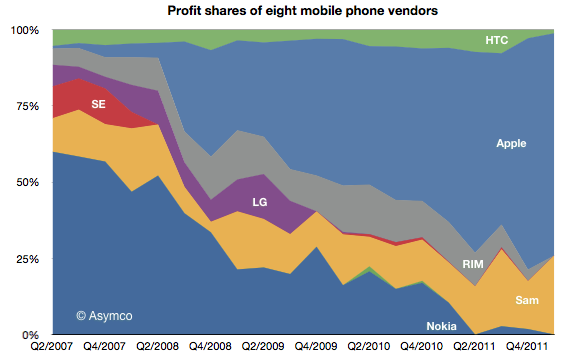One week into this project and the response has been phenomenal. We are at nearly 500% funded. There are 414 backers so far and the average pledge is nearly $34. This means that the vast majority of people (328 so far) opted for the $35 pledge. Many pledged even more than $35.
Perhaps it’s only symbolic but the interest in the hard copy version was something I did not expect. It’s gratifying that people would prefer to have a physical representation of the work. It also means that I have to think carefully about the production of a good quality paper book.
The abundance of support allows me to invest in design, editing and perhaps illustration as well as the text. I will also have to do a lot of signing.
Thanks again to all who have contributed. I’m completely humbled by the level of support and can only promise to keep doing that which has been so resolutely defended by you all.
via The Critical Path: The First Year by Horace Dediu » What I’ve learned so far — Kickstarter.

